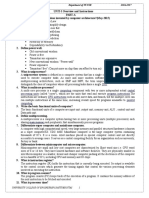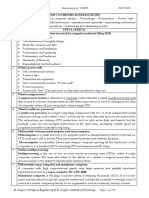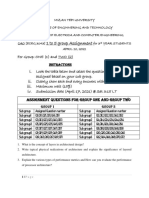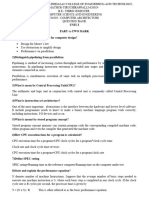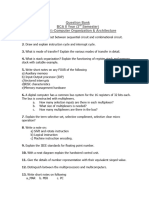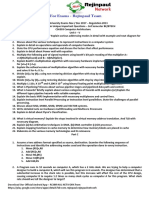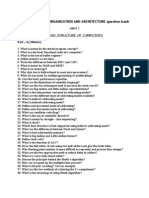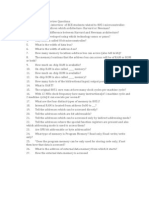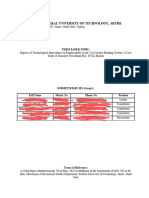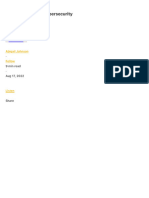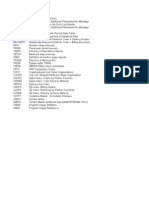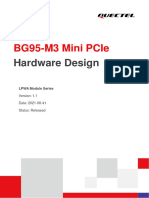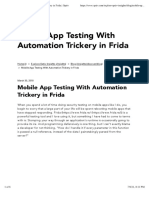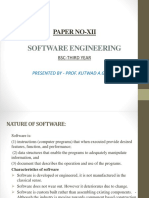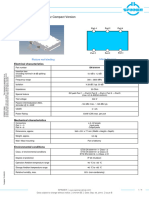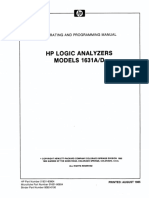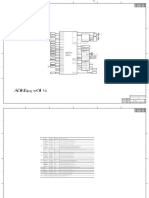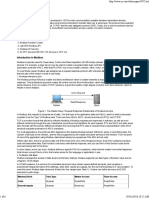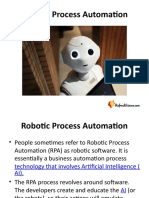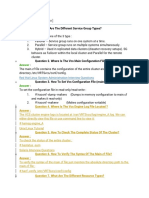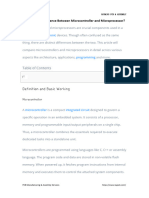CSC301 - COMPUTER ARCHTECTURE I TUTORIAL QUESTIONS
1. Briefly explain the following: (i) latency (ii) throughput (iii). Instruction set
2. Briefly discuss the effects of advancements in computer hardware technology on computer software
industry.
3. Briefly the different types of interrupts in a microprocessor system?
4. Describe the three categories of computer architecture?
5. What is the RAID system? Explain the different types of this technology.
6. Briefly explain how the following has contributed to system execution or response time and throughput:
i. Cache Memory ii. Main Memory iii. Bus Address System.
7. A common transformation required in graphics processors is square root. Implementations of floating-
point (FP) square root vary significantly in performance, especially among processors designed for
graphics. Suppose FP square root (FPSQR) is responsible for 20% of the execution time of a critical
graphics benchmark. One proposal is to enhance the FPSQR hardware and speed up this operation by
a factor of 10. The other alternative is just to try to make all FP instructions in the graphics processor
run faster by a factor of 1.6; FP instructions are responsible for half of the execution time for the
application. The design team believes that they can make all FP instructions run 1.6 times faster with
the same effort as required for the fast square root. Compare these two design alternatives.
8. What is Computer Architecture? Briefly explain the following terms:
(i) Interrupts (ii) Instruction formats (iii) Multiplexers (iv) Decoders
9. Consider the following quadratic equation: 2x2 – 40x + 150 = 0. A trusted mathematician tells us that
the roots for this equation are 15 and 75. However, when you try to solve it, the root turns out to be 15
and 5. Explain why 75 could be a solution and while 5 is not.
10. Difference between the two types of control units used to execute an instruction
11. A processor has a five-stage pipeline. If a branch is taken, then four cycles are needed to flush the
pipeline. The branch penalty b is thus 4. The probability Pb that a particular instruction is a branch is
0.25. The probability Pt that the branch is taken is 0.5. Compute the average number of cycles needed
to execute an instruction, and the execution efficiency.
12. What are the disadvantages of increasing the number of stages in pipelined processing?
13. Consider a nonpipelined machine with 6 execution stages of lengths 50ns, 50ns, 60ns, 60ns, 50ns, and
50ns.
i. Find the instruction latency on this machine.
ii. How much time does it take to execute 100 instructions?
14. Describe, with the aid of diagram, Flynn’s Classification of Computer Architecture.
15. What are the basic differences among a branch instruction, a call subroutine and program interrupt?
16. Write a program to evaluate the arithmetic statement
−𝑏 + (𝑏 ∗ 𝑏 − 4 ∗ 𝑎 ∗ 𝑐)
𝑥=
𝐶+𝐻
i. Using a general register computer with 3 address constructions
ii. Using a stack organized computer with zero address operation instructions.
17. Suppose you have a machine used in an I/O intensive environment; the CPU is working 75% of the
and the rest is waiting for I/O operations to complete. You may consider an improvement of the CPU
by a factor of 2 (it will run twice as fast as it runs now) for a fivefold increase in cost. The present
cost of the CPU is 20% of the machine's cost. Is the suggested improvement cost effective?
18. What is the major concept of RISC architecture? Discuss any five characteristics of RISC and CISC
processors.
�19. Explain the steps involved in an instruction cycle?
20. What are the two hardware methods to establish a priority? Explain each method.
21. Write the three ways to improve MTTF.
22. Evaluate the expression Z = 4 (A + B) – 16 (C + 58) using 1-address and 2-address register architectures
23. What is Amdahl's law and why it is used?
24. Supposing that most of your daytime tasks spend 70% of their time running in the CPU and 30% waiting for
service from the disk. Suppose also that someone is trying to sell you a processor array upgrade that is 50%
faster than what you have and costs N10,000:00 only. The day before, someone had called offering you a set of
disk drives for N7,000:00 only. These new disks promise two and a half times the throughput of your existing
disks. You know that the system performance is starting to degrade, so you need to do something. Which would
you choose to yield the best performance improvement for the least amount of money?
25. Write shorts notes on the following addressing modes:
Register mode, Immediate addressing, Direct addressing mode, Indexed addressing mode, Relative
addressing, Register indirect mode, Autodecrement mode, Auto increment mode, Base register
addressing mode, Immediate mode, Indexed addressing, Displacement addressing, Implied mode and
Absolute addressing.
26. Write the following expression in postfix (reverse Polish) notation. Remember the rules of precedence
for arithmetic operators!
𝐴 − 𝐵 + 𝐶 x (𝐷 x E − F)
𝐺+𝐻xK
27. Convert the following expressions from reverse Polish notation to infix notation.
a. W X Y Z - + x
b. U V W X Y Z + x + x +
c. X Y Z + V W – x Z + +






